To excel in your business, you should find the right people and in the right place. That means, defining the target audience, and knowing how to find them is important.
The target audience, however small it may be, ensures one thing, higher chances of conversions.
Having the right amount of traffic on your website is great; however, this doesn’t directly translate to increased profits. What you should be aiming for is having the right traffic, i.e., the target audience.
Hear me out.
Let’s say you have a blog on celebrity gossip, but your main aim is to sell fashion items. To drive more traffic to your site, you decide to do your keyword research on celebrities who are trending the most, the latest stories, and the latest gossip.
If your website peaks, you’ll have a lot of traffic flowing to your website; however, there’ll be fewer conversions and consequently reduced profits. Now, why is that? The reason for this is quite simple. You are using the right keywords for the wrong audience.
People clicking through to your site only do that because of one reason, celebrity gossip, and after they’ve gotten that, they’re done with the site. Rarely will they decide to click through to your fashion category, and if they do and eventually decide to make a purchase, the numbers will still be very low.
For you to do target marketing, you have to look for a target audience first. But what is a target audience?
What is a target audience?

A target audience refers to the people you want to reach out to because they are more likely to pay for your products or services. It refers to a section of the consumers that a company or business directly targets with their marketing strategies to drive awareness for their products or services.
The business will target a group of people with similar needs, interests, problems, goals, and sometimes even educational levels who need your product and are more likely to make a purchase. You target people who are more likely to buy your stuff.
Therefore, suffice to say that if you don’t target the right people, you may get a lot of traffic to your site, but it may not necessarily work out for you. Instead, you’ll spend all your time trying to figure out why none of the people visiting your website don’t want to buy your products or services.
Why is it important to know your target audience?
Picking the wrong target audience could cost you a lot in terms of money and time spent. If you are reading this, you are here to either learn from your mistakes or start your marketing in the right way. Either way, it’s great that you are here.
So, why do you think it’s important to know your target audience?
1. To ensure your marketing efforts are not wasted on the wrong audience
Knowing your target audience helps you craft content that your target audience will likely enjoy reading and sharing. Your target audience will likely be able to relate to these pieces and most likely find them useful.
By categorizing them and giving them characteristics, you can think of your target audience as human beings rather than abstract characters. You’ll then be able to tailor your content to fit them personally.
Doing this will help improve engagement and help build their connection with your company or business.
2. To make it easier to perform keyword research: Use BiQ Keyword Intelligence
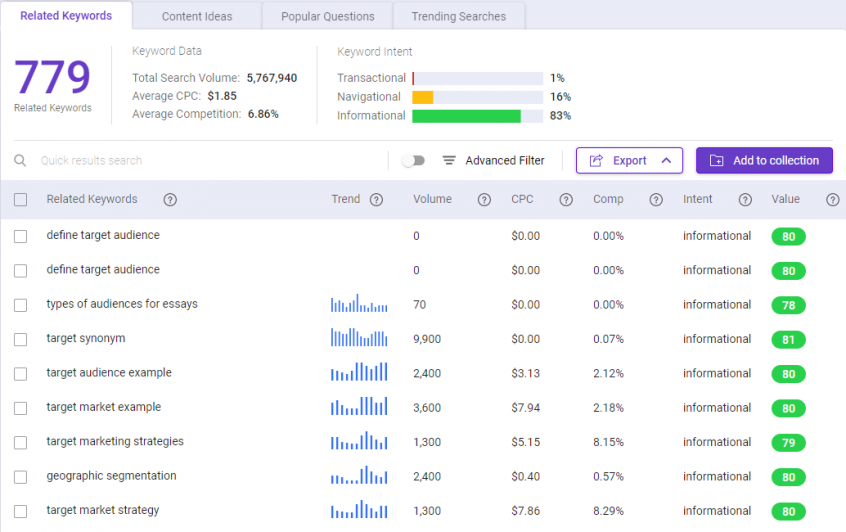
BiQ’s Keyword Intelligence helps you choose the right keyword for your target audience. You can use our tool to analyze your keywords for the region, keyword intention, and many other aspects that will help you tailor your content to the right audience.
3. Uncover the factors that influence their buying behavior
Knowing your target audience helps you uncover the factors that influence their buying behavior. Doing this helps you not think of them not as abstract ideas but as human beings who make decisions for specific reasons.
For instance, you’ll know that Ann is a 23-year-old African American female who loves reading blogs on fashion. You’ll know exactly how to solve her problem because you understand what it is she needs. You’ll know how to speak to her and how she’ll respond to your content.
You’ll know where to find her, what type of content she likes to interact with, and how you’ll shape your content and ideas to get her to click through. For instance, statistics show that African Americans like to save, invest, and live healthily.
If you had an insurance plan or a gym membership blog, you’d know to search for the African American demographic as your potential target audience. You’ll know all this information because you took your time to learn about your target audience.
What Defines a Target Audience?
Defining the target audience is not that complicated. It comes down to understanding their problems and needs and how to help solve them. It also means knowing who they are, what they like, and how they prefer to consume their information.
On how to define your target audience, you need to begin by creating their personas. A persona is a profile meant to represent buyers that would be your ideal customers. They are fictional characters who have the same characteristics as your actual customers. A persona is more specific.

An example could be ‘Linda,’ a vlogger who lives in Miami, Florida. Linda has a catering degree and has a YouTube channel where she displays various baking recipes. She cares about what people see on her social media and loves to do pilates and go to the gym in her spare time.
How Do You Create Your Customer’s Personas?
There are several characteristics you could use to define your customers’ personas. You could use these characteristics listed below to help you identify your customers’ personas.
1. Demographic
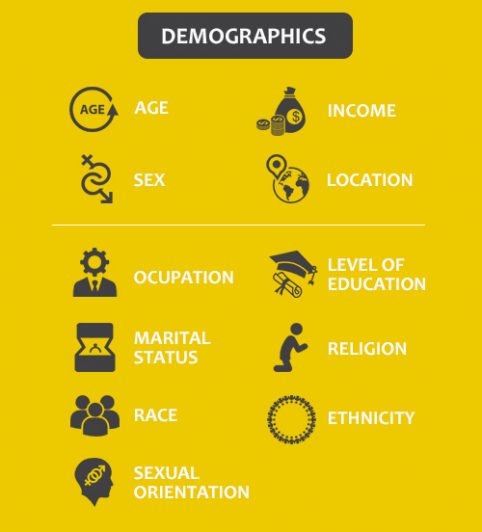
Demographics refer to the criteria you use to refer to certain sections of the population. Examples include:
- Age
- Gender
- Education level
- Occupation
- Income
- Marital status
2. Location
The location is used to categorize customers who come from a particular geographic location. If your business is a startup, you could target customers who come from around ten miles from your store. However, if your business expands, you’ll have to expand with it.
If you are an international company, you may not have so much need for separating your customers in terms of geographic location. However, you may notice buyers who buy stuff on your site from specific cities.
You could either choose to target those specific cities or focus on other areas to bring you more profit.
3. Psychographics
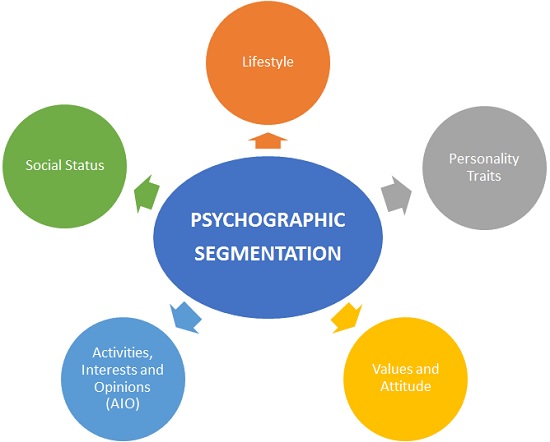
Unlike demographics, psychographics is harder to read. It’s more attached to one’s personality than their physical locations or achievements. However, there are still some characteristics you could use to get your target audience.
(i) Interests / activities
They can include topics of interest, hobbies, regular activities, and behavior.
They may include:
- Beginner gardeners
- Frequent backpackers
- Board Game enthusiasts
- Stamp collectors
(ii) Attitudes and opinions
You can get your target audience by aligning with their attitude and beliefs regarding a topic or issue.
Examples include:
- environmentalists
- vegans
- people who believe in work-life balance
- nature lovers
- people always looking for the lowest price
You should pick at least two characteristics but not more than three. Picking one characteristic makes the spectrum so broad that it becomes the same as not picking at all. On the other hand, picking too many characteristics may narrow your target audience, limiting your reach excessively.
How To Find Your Target Audience?
On the topic of how to find your target audience, you have to take some of these steps:
1. Compile data on existing customers
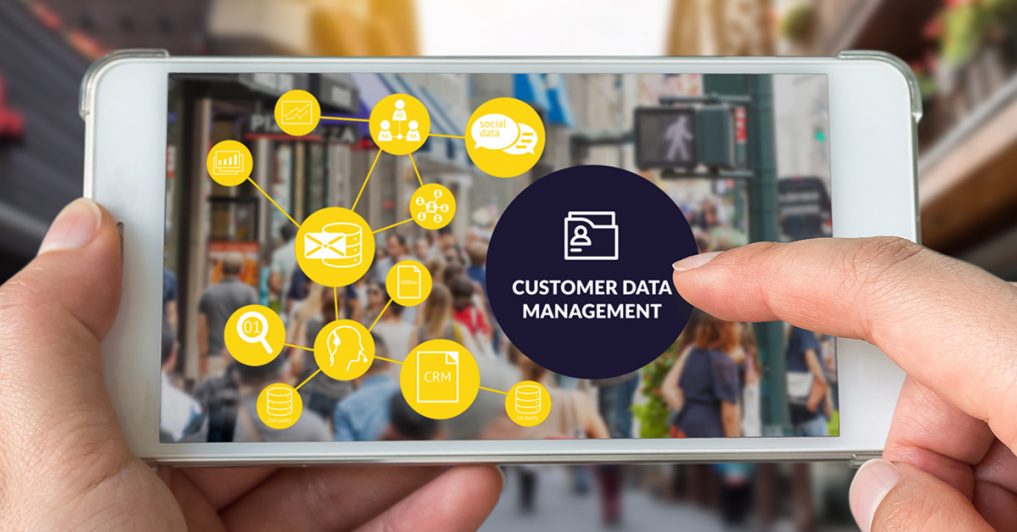
To find your target audience, you should begin by analyzing your current customer base and identifying their attributes. Using your current customers will provide you with a basis that you could use as a marketing strategy for your ideal target audience.
Creating personas for your target audience will help you connect with your customers and write engaging content that the reader may find useful. When writing your content, ensure that you aim to solve the reader’s challenges simply and easily.
2. Facebook Groups
It would help if you gauged your followers’ social media reactions to determine when they find your content engaging. You should gauge this by analyzing if they get more involved in your content when you post a funny meme, solve a problem, or provide insight.
Whatever the result is will help you fill in your target audience’s characteristics. Every social media platform has different audiences. Twitter, for instance, has younger audiences while Facebook has older audiences.
If your target is aimed at older audiences, then you are better off using Facebook as opposed to Twitter.
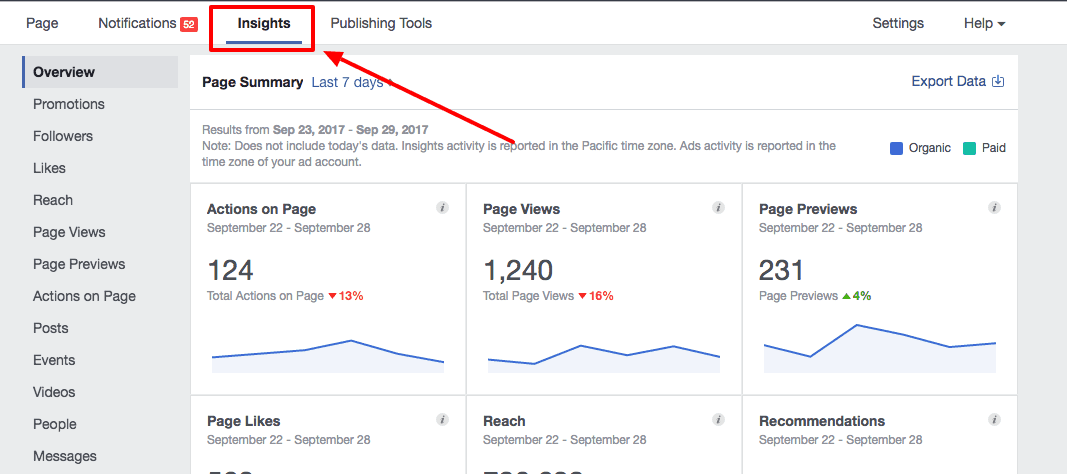
If you have a Facebook page, then you’re in luck. Facebook provides free insights on your customer base, such as who they are and their location. These insights help you learn who your target audience is and how you can streamline your content to engage them more.
Other areas that Facebook can provide you with insight include your customer’s interests, lifestyle, and if they make online purchases. These insights could help you find your target audience and even help you with your campaign planning.
3. Quora
Chances are very high that your audience visits Quora, and there are several reasons you should search for your audiences in Quora. Quora has more users than Pinterest, and it’s still growing.
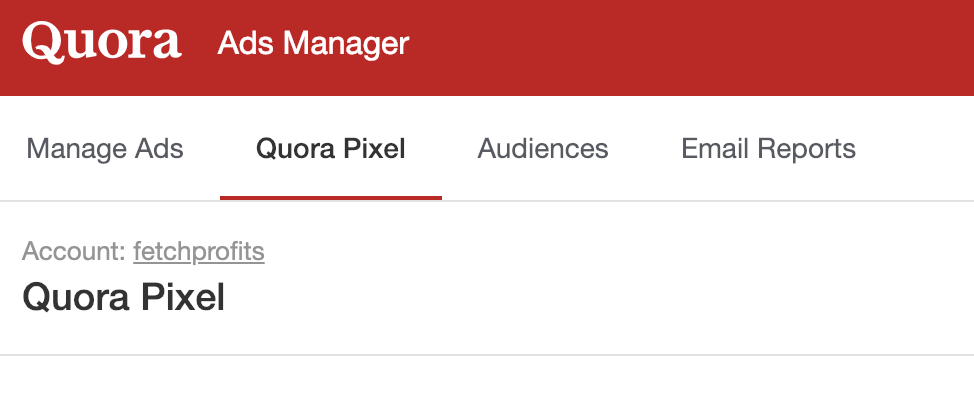
There’s a possibility that you’ll not get the same volume as big search engines; however, you’ll get relevant groups. That you can readily convert to be your target audience, you should begin by analyzing how many of your visitors visit Quora using Quora pixel.
You could also upload your email lists to test list match audiences. Quora users can upload their emails to use as audience targets, with the best thing being that you only need 200 users for your campaign. You could do this and start advertising to a particular group of customers- your target audience.
4. Using Google Analytics
Google Analytics is also another great way to go if you are looking for your ideal target audience. This is because google analyses its users and puts them into two categories, affinity, and in-market.
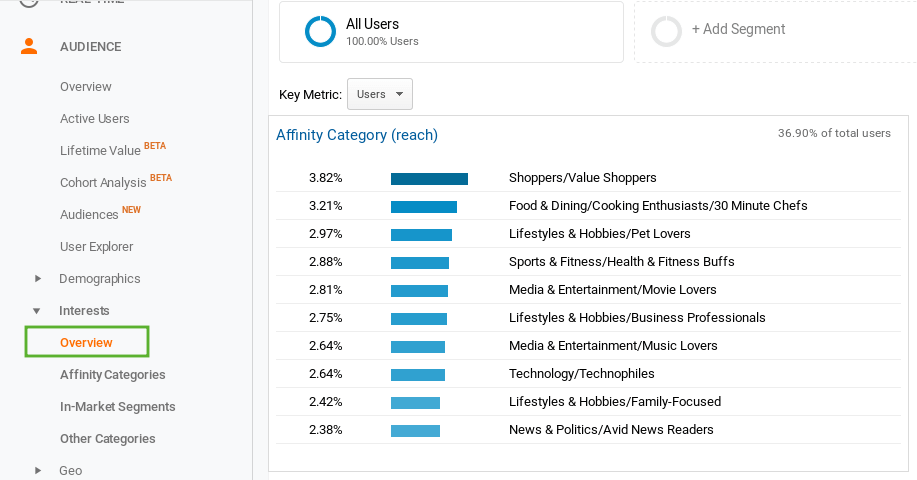
Affinity: Here, google analyzes the person’s lifestyle, habits, and interests, which helps them get their overall sense of identity.
A sample of affinities includes; TV lover, technophile, political junkie, etc.
In-market: in this category, google identifies users in the market to buy products and pay for services. They identify users who are actively searching for and comparing your product. Samples of these types of users include; home décor, mobile phones, dating services, etc.
You can use this tool to filter for the highest-converting audiences who have a certain threshold of sessions on your website and find a conversion rate of 1% and above. You could then work on these users as your target audiences since they’ve already shown interest in your product or service.
5. Check out your competitors using BiQ Rank Intelligence
One of the most impactful strategies you can use in content marketing is narrowing the content gap between you and your well-performing competitor.
This is not to say that you are not performing, but when you know your enemy well, you’ll be at a huge advantage.
This can be easily done via the Rank Intelligence tool in BiQ. You’ll be able to acquire some analytical information that will help you create better content and rank better on google.
Rank intelligence is all about optimizing your site with the relevant keyword optimization to help you rank better than your competitors.
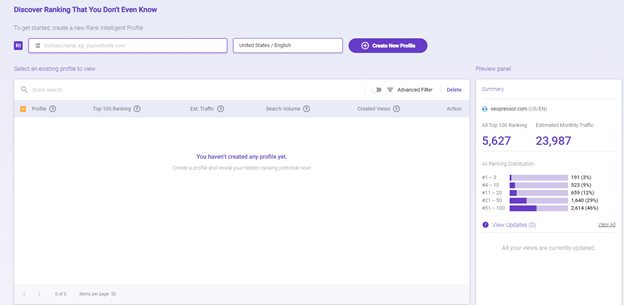
Choose to create a new profile using your competitor’s website URL.
You will then be presented with all the keyword ranking data from your competitor’s site. Set the parameters you want, perhaps you are only looking to steal their keywords that are ranking in the top 10, and with a search volume of at least 100, so go ahead and set that up and create a view.
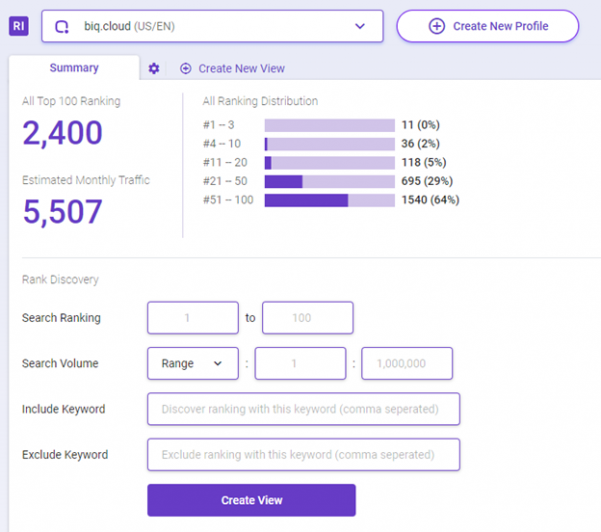
Once you have that, you can easily export the data out as a CSV to further sort through the keywords using a tool of your choice, like excel.
An even better way to also set up the same parameters for your own URL, then export them out to compare in the same excel sheet. Which gives you even more control to filter and zoom into the data.
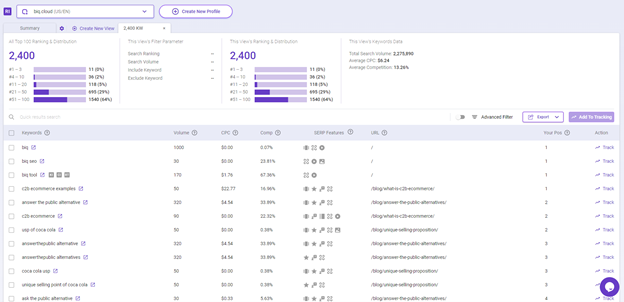
Now that you know what keywords your competitors are ranking for, you can create content targeting those same keywords to steal it from them.
Or, if you are both ranking similarly for the same keyword, now you know where you should work to keep or boost your ranking.
Create customized SEO content for your target audience
BiQ Content Intelligence provides you with the best content-driven strategies which are SEO-friendly. While you write in the block editor, you will also be getting interactive writing tips to aid you.
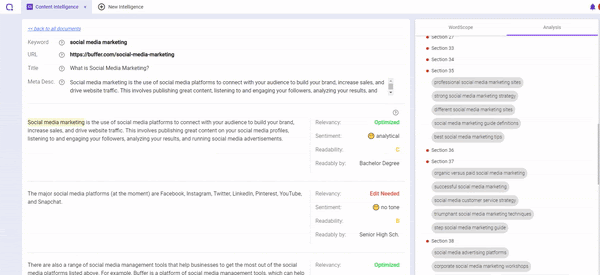
You will be able to see BiQ’s Content Intelligence real-time text editor. Your “content grade”, and keywords count that tell how relevant your article is. You’ll also quickly see if you’ve included enough keyword density.
When you insert a word or phrase that’s included in the terms suggested by the AI-guided feature, you’ll notice that it will be highlighted in yellow.
If your content isn’t A yet, you can make the necessary edits to take it there. But it’s important to note that an A content grade does not represent that your article “will rank number one on Google”.
Conclusion
If there is a time to be picky about defining the target audience, it’s right now, and the reason for this is quite simple. This is when you’re creating your brand, and for you to have a strong following that converts, you have to start with the right audience from the word go.
Your marketing’s foundation is who your customers are, and getting a few customers to your site who buy your products is better than getting millions of others who do not. Grow your target audience as soon as you can to boost your website.




